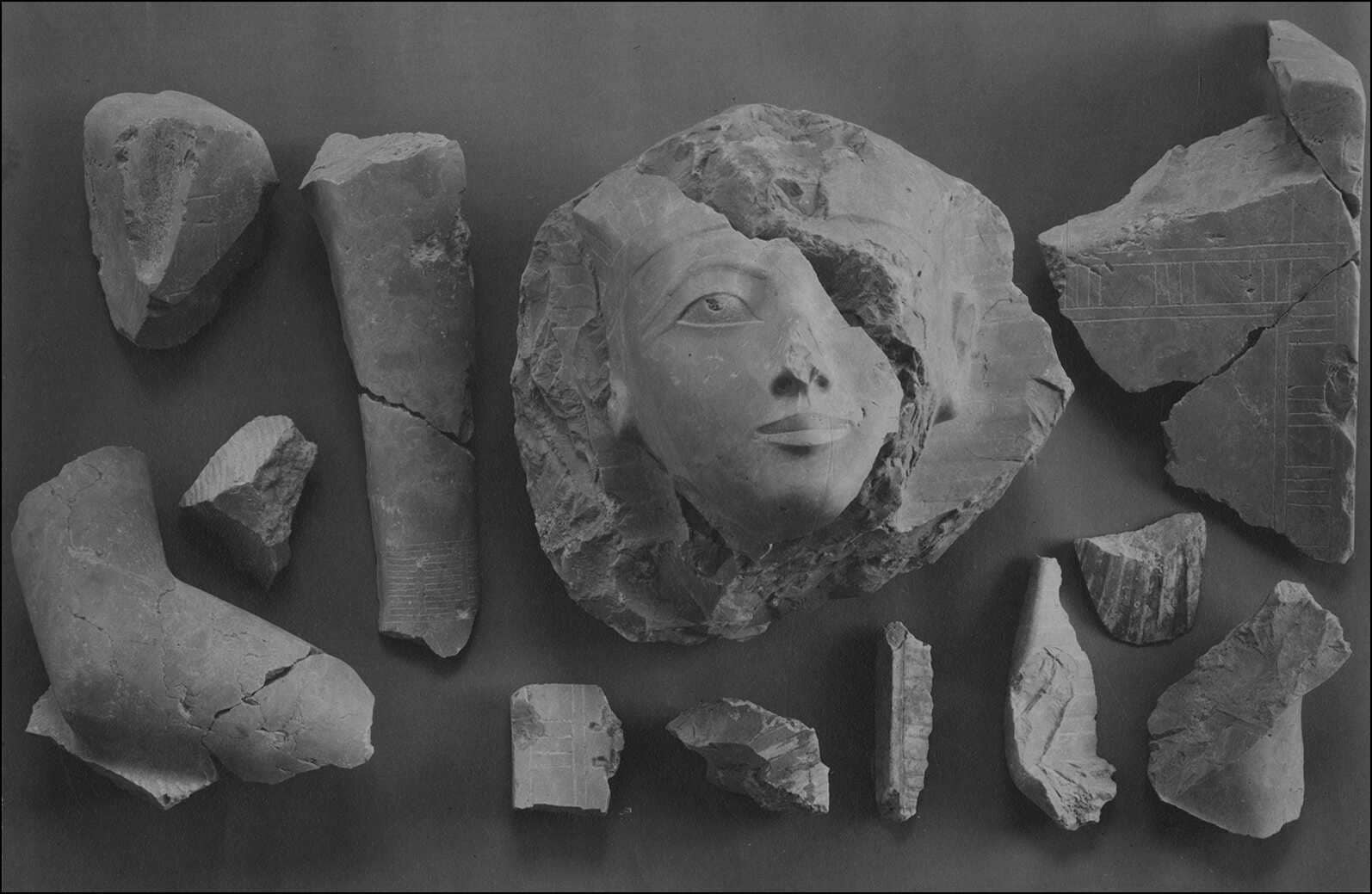

For nearly a century, scholars believed that Egypt’s powerful female Pharaoh Hatshepsut’s statues were the target of a posthumous revenge campaign. The widely accepted theory claimed that her nephew and successor, Thutmose III, ordered her statues destroyed to erase her from history.
New research now disputes that view. A recent study suggests that the damage to many of Hatshepsut’s statues was part of a religious practice, not an act of personal revenge. The findings, published Tuesday in the journal Antiquity, indicate the statues were deliberately broken in specific ways to neutralize their supposed supernatural powers.
Hatshepsut ruled Egypt from around 1473 to 1458 B.C. She is known for commissioning an impressive temple complex at Deir el-Bahri, near modern-day Luxor, and for organizing a successful trade expedition to a place called Punt, whose location remains uncertain.

Initially appointed as regent for her young stepson Thutmose III, she instead assumed full power and ruled as pharaoh. Thutmose III held a secondary role during her reign.
After Hatshepsut’s death, fragments of her statues were found buried in pits at Deir el-Bahri during excavations in the 1920s and 1930s. Archaeologists at the time believed Thutmose III had ordered the destruction as political retaliation.
However, Jun Yi Wong, a doctoral researcher in Egyptology at the University of Toronto, examined archival records from those early digs and found a different pattern.

In many cases, the statues were broken at the neck, waist, and feet—points consistent with what experts today describe as “ritual deactivation.” Notably, the faces and inscriptions were left intact. Ancient Egyptians saw royal statues “as powerful and perhaps even living entities,” Wong said in a message to Live Science.
When a ruler died, statues were often ‘deactivated’ by breaking them at weak points to release that power.
Wong added that similar deposits of deactivated statues have been uncovered at other sites in Egypt and Sudan. One of the most prominent examples is the Karnak Cachette, which held hundreds of sculptures of rulers spanning centuries. Most showed the same intentional breakage.
The new findings do not dismiss later efforts to erase Hatshepsut’s legacy. At various sites across Egypt, her name and image were chiseled out—a campaign believed to have been initiated by Thutmose III. The reason for that effort remains unclear.

According to Wong, the contrast in treatment—ritual deactivation at Deir el-Bahri versus more aggressive defacement elsewhere—suggests political motives. Thutmose III may have acted under pressure from his supporters, who viewed Hatshepsut’s reign as a challenge to traditional authority.
“Early Egyptologists assumed that Thutmose III must have harboured intense hatred towards Hatshepsut, but this is unlikely to be accurate,” Wong said.
“The treatment of the statues, for example, suggests that Thutmose III was motivated by ritualistic and practical factors, rather than any personal animosity.”
